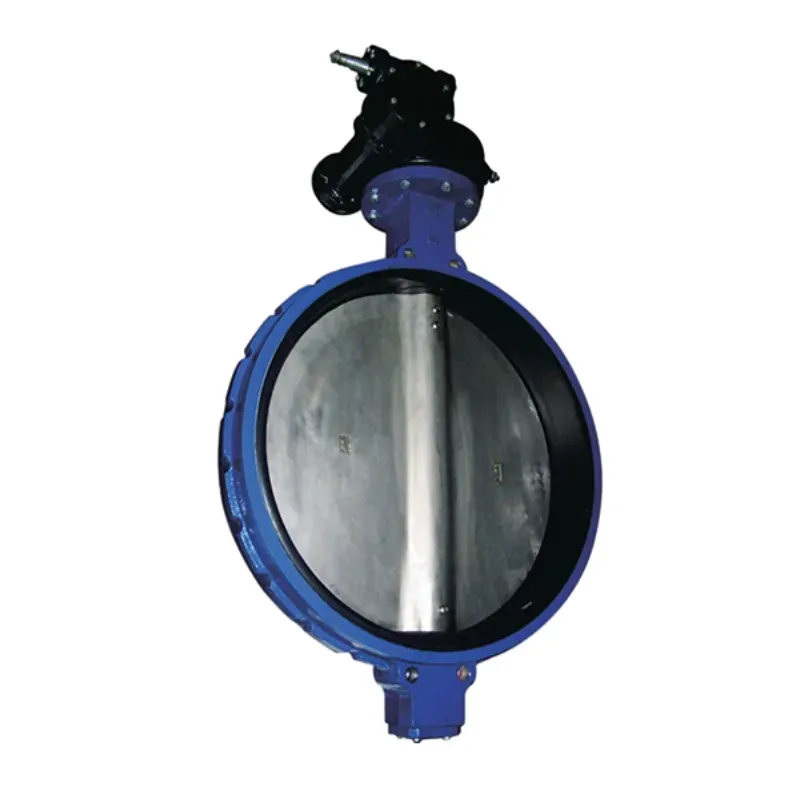វិច្ឆិកា . 16, 2024 11:05 Back to list
low pressure check valve
Understanding Low Pressure Check Valves Their Importance and Applications
Low pressure check valves are critical components in various fluid control systems, playing a vital role in maintaining the direction of flow and preventing backflow. These valves are specifically designed to operate effectively under low-pressure conditions, which makes them suitable for numerous applications across different industries. In this article, we will explore the working mechanism, types, applications, and the importance of low pressure check valves.
What is a Low Pressure Check Valve?
A check valve, generally speaking, is a one-directional valve that allows fluid to flow in only one direction while preventing backflow. The key feature of low pressure check valves is their ability to handle pressures lower than what standard check valves are designed for, typically below 50 psi. They are also referred to as non-return valves or one-way valves. The basic components of a low pressure check valve include a body, a disc or ball, and a spring.
How Do They Work?
The operation of a low pressure check valve is straightforward. In the open position, fluid flows through the valve in the intended direction, pushing the disc or ball away from the seat. When the flow reverses or ceases, gravity or a spring mechanism pushes the disc or ball back to the seat, sealing the opening and preventing any backflow. This simple mechanism is essential in maintaining system integrity and preventing potential damage to equipment.
Types of Low Pressure Check Valves
1. Swing Check Valves These valves have a hinged disc that swings open to allow flow and swings closed to prevent backflow. They are typically used in horizontal piping systems.
2. Lift Check Valves In lift check valves, the seat is positioned in such a way that the internal mechanism lifts the disc off the seat to allow flow and drops down to block the flow when reversed. These valves are often used in vertical applications.
3. Ball Check Valves These valves utilize a ball that rolls off its seat to allow flow and rolls back to block it in the event of backflow. Ball check valves are versatile and can work effectively in both horizontal and vertical orientations.
low pressure check valve

Applications of Low Pressure Check Valves
Low pressure check valves find their applications in various industries, including
- Water Treatment Plants They are used to prevent backflow in pipelines, ensuring that treated water does not mix with untreated sources.
- HVAC Systems In heating and cooling systems, these valves help maintain water flow direction, ensuring efficient operation and preventing contamination.
- Chemical Processing Low pressure check valves are crucial in chemical plants to avoid any potential backflow that might lead to contamination of products.
- Pneumatic Systems These valves are also used in pneumatic applications to ensure that compressed air flows in the intended direction without returning.
Importance of Low Pressure Check Valves
The significance of low pressure check valves cannot be overstated. Firstly, they enhance system efficiency by preventing backflow, which can lead to contamination and equipment damage. Secondly, these valves contribute to safety by ensuring that hazardous or treated fluids do not inadvertently flow backward, which could create dangerous situations. Finally, low pressure check valves help maintain the integrity of the entire fluid system, leading to reduced maintenance costs and extended equipment lifespan.
Conclusion
In summary, low pressure check valves are essential components in many fluid handling systems. Their ability to prevent backflow under low-pressure conditions makes them invaluable in various applications, from water treatment plants and HVAC systems to chemical processing. Understanding the different types of low pressure check valves and their operations can help industries select the right valve for their specific needs, ultimately promoting efficiency, safety, and reliability in their fluid systems. As technology advances, the design and functionality of these valves will likely evolve, further enhancing their performance in an ever-expanding array of applications.
Share
-
Reliable Wafer Type Butterfly Valves for Every IndustryNewsJul.25,2025
-
Reliable Flow Control Begins with the Right Ball Check ValveNewsJul.25,2025
-
Precision Flow Control Starts with Quality ValvesNewsJul.25,2025
-
Industrial Flow Control ReliabilityNewsJul.25,2025
-
Engineered for Efficiency Gate Valves That Power Industrial PerformanceNewsJul.25,2025
-
Empowering Infrastructure Through Quality ManufacturingNewsJul.25,2025